swathdiver
Full Access Member
I hear that about the K2 6L80s not the 8-speeds. Think I was told by someone on here that the 8L90s don't use that system either.GMT K2xx used 6L80E & 8L90E. Does that apply to both, or one moreso than the other?
Disclaimer: Links on this page pointing to Amazon, eBay and other sites may include affiliate code. If you click them and make a purchase, we may earn a small commission.
I hear that about the K2 6L80s not the 8-speeds. Think I was told by someone on here that the 8L90s don't use that system either.GMT K2xx used 6L80E & 8L90E. Does that apply to both, or one moreso than the other?
Synthetic helps but I still subscribe to the notion that temps in a transmission are ideal between 160-175, regardless of anything else.After searching several ATF transmission charts (which were admittedly written before DexRon6), oversimplified rules of thumb appear to be as follows:
176°F ... 100,000 Miles ... Ideal sustained operating temperature
194°F ... 50,000 Miles ... Maximum recommended sustained temp
212°F ... 25,000 Miles ... Pressure drops
230°F ... 12,500 Miles ... Varnishes Form
248°F ... 6,250 Miles ... Seals Harden
275°F ... 3,125 Miles ... Clutches Slip
293°F ... 1,562 Miles ... Oil forms carbon, seals and clutches burn
Over 293°F, measure in minutes instead of miles - or just rebuild the damn thing already ...
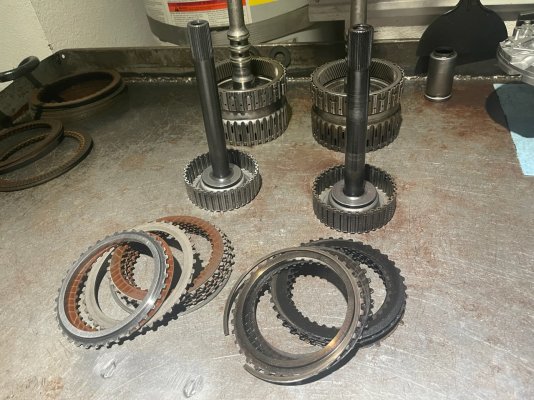
That chart is often misrepresented as transmission life, but it’s actually fluid life in miles at each temp. And as you note, it’s for pre-Dexron VI fluid.After searching several ATF transmission charts (which were admittedly written before DexRon6), oversimplified rules of thumb appear to be as follows:
176°F ... 100,000 Miles ... Ideal sustained operating temperature
194°F ... 50,000 Miles ... Maximum recommended sustained temp
212°F ... 25,000 Miles ... Pressure drops
230°F ... 12,500 Miles ... Varnishes Form
248°F ... 6,250 Miles ... Seals Harden
275°F ... 3,125 Miles ... Clutches Slip
293°F ... 1,562 Miles ... Oil forms carbon, seals and clutches burn
Over 293°F, measure in minutes instead of miles - or just rebuild the damn thing already ...
Exchange the fluid with fresh dex6 (id try to do a full exchange vs just a partial)
...thinking of changing from acdelco dex6 to Amsoil before my next long tow into the mountains,
Yes!Is there an easy way to do a full flush?
I was thinking about sucking it out the dipstick tube to start, then doing a pan/filter a month or two later..
Or am I better off going to a lube shop?
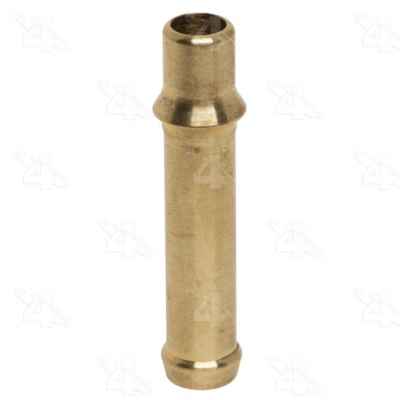
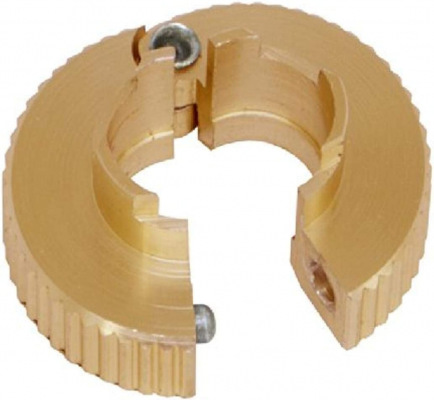
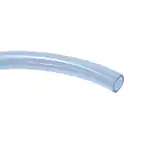
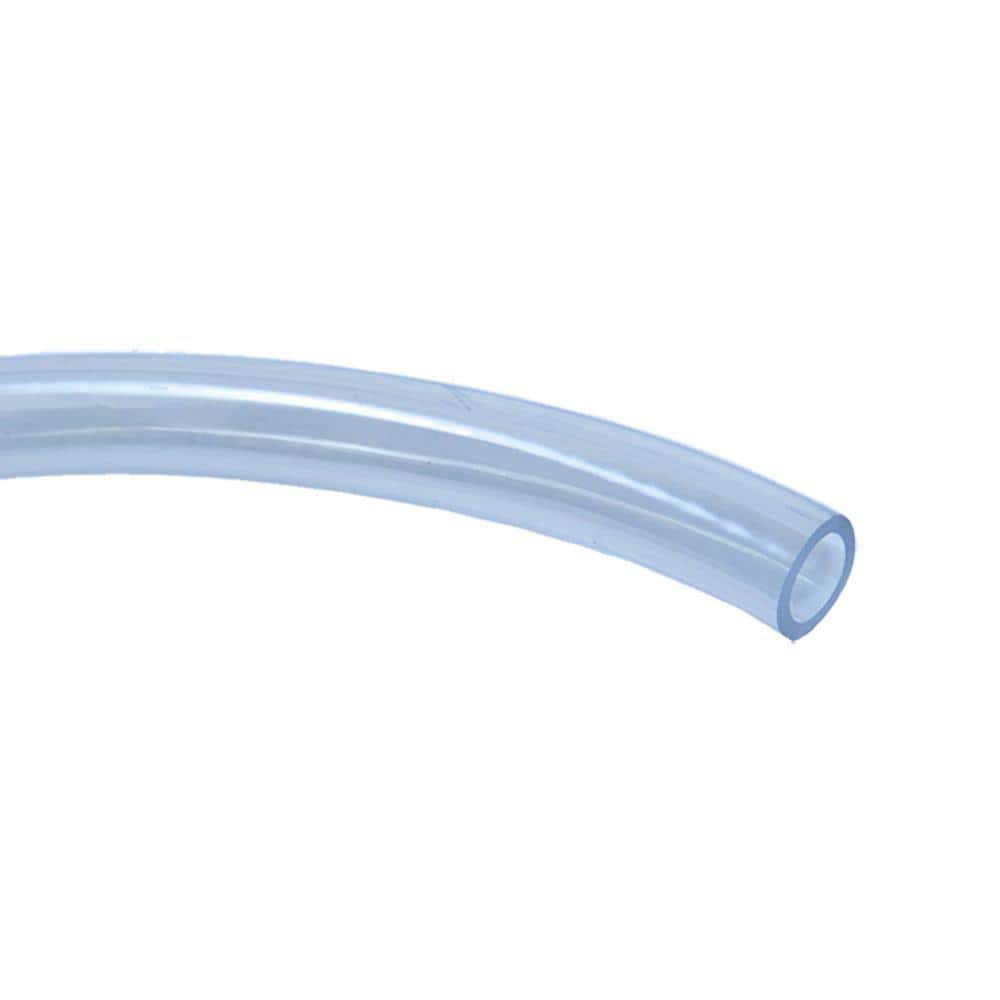
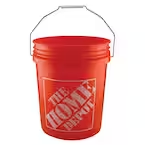
My model didn’t come with a cooler, so I mounted one to the passenger side of the radiator.Is your Derale larger than the OE cooler and did you mount it in the same place as the old or move it down and out of the way?
Maybe, do you have a photo of the installation? If it's a big 40K cooler, when they are mounted in the stock location in front of the radiator, they wind up increasing the coolant temperature which in turn heats up the transmission fluid as it first passes through the radiator.My model didn’t come with a cooler, so I mounted one to the passenger side of the radiator.
Do you suspect the heat coming off the cooler/slightly blocking the radiator impacted the performance of the radiator and led to higher trans temps?
